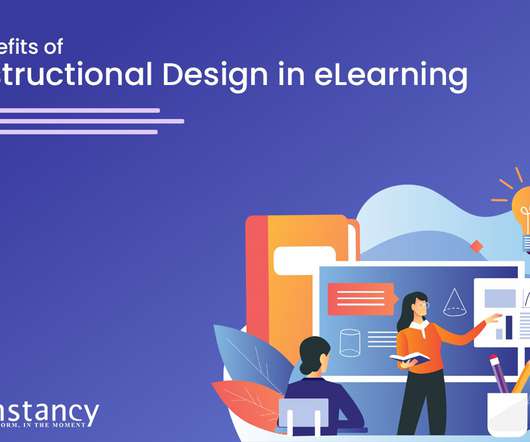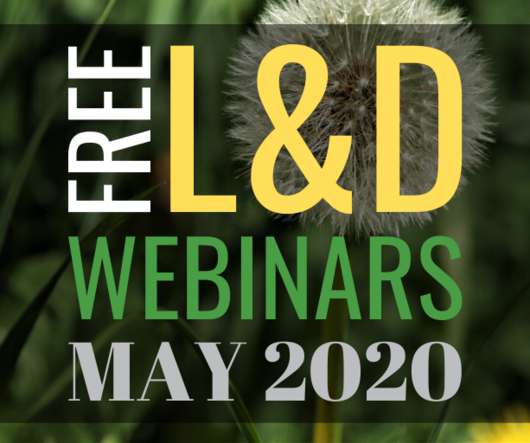eLearning Glossary: Definitions for the Most Commonly Used Terms
Association eLearning
MAY 11, 2016
Digitec, Instructional Designer, Jennifer Ritter wrote a blog about this recently explaining, “I now realize that I was raised with game-based learning. That’s where my brain goes when I hear “eLearning,” and I have fond memories of it. For many, their first experience with eLearning was educational computer games delivered via CD Rom.
























Let's personalize your content